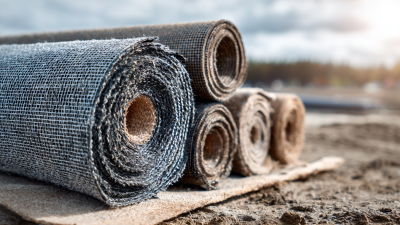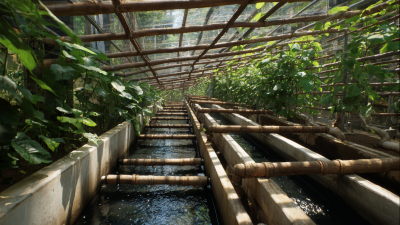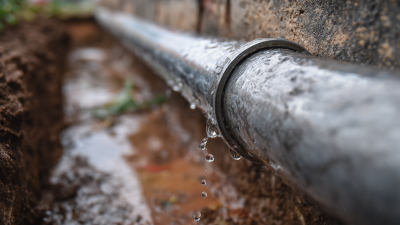When it comes to maintaining a functional and efficient septic system, choosing the right septic pipe is crucial. The type of septic pipe you select can significantly impact the longevity and effectiveness of your home’s sewage management. With various materials and designs available, understanding the different types of septic pipes is essential for homeowners looking to avoid costly repairs and ensure optimal performance. This blog will guide you through the various options, helping you make an informed decision that suits your specific needs and local regulations. Whether you are building a new system or upgrading an existing one, knowing the details about septic pipe types will empower you to create a reliable and enduring sewage solution for your home.
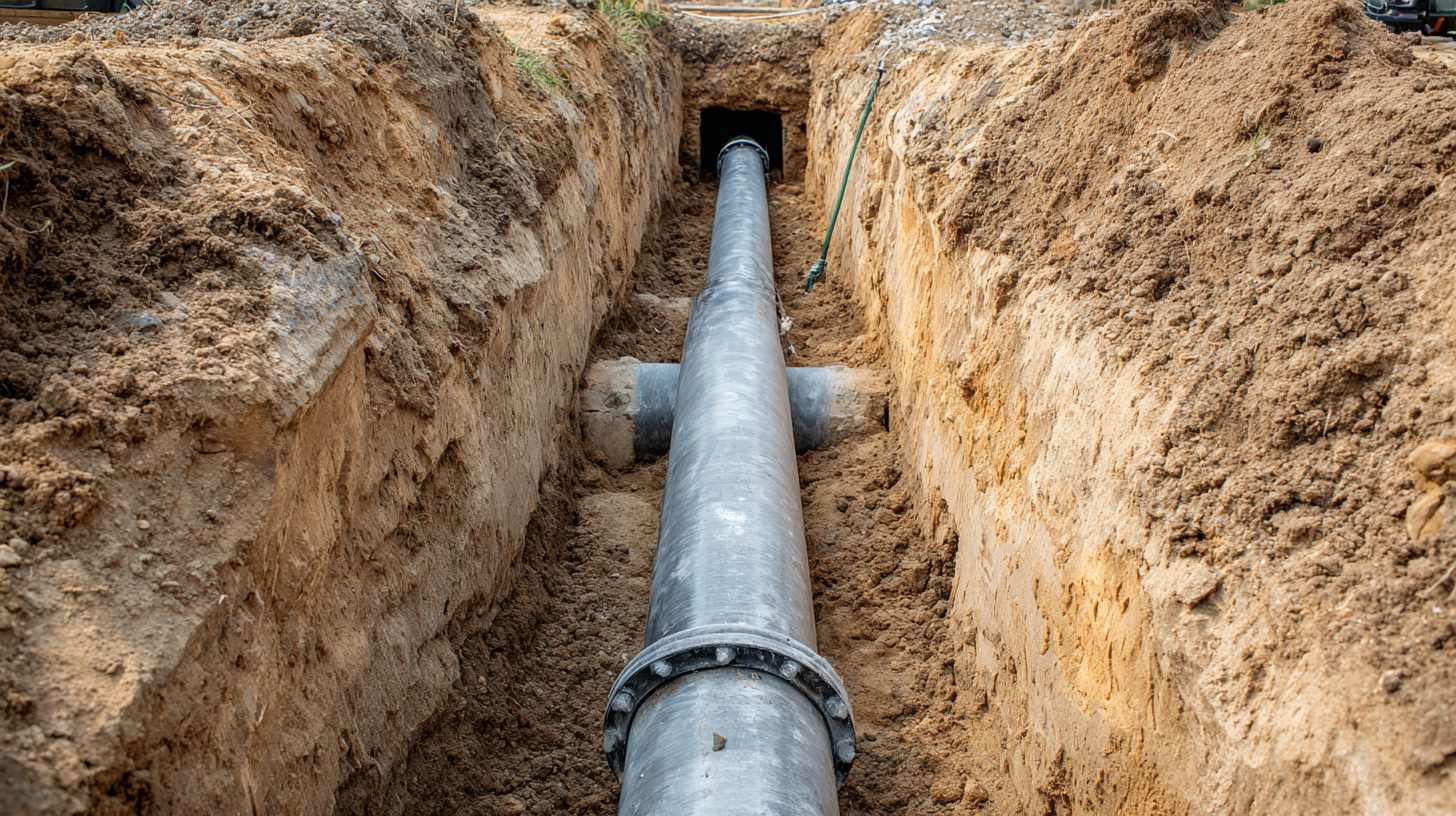
When selecting the right septic pipe for your home system, one of the critical decisions is choosing between PVC (Polyvinyl Chloride) and ABS (Acrylonitrile Butadiene Styrene) pipes. Both materials have their advantages and are commonly used in septic systems, but they differ in performance and longevity.
According to industry data from the Plastic Pipe and Fittings Association, PVC pipes are known for their high resistance to corrosion and chemical damage, making them a popular choice for septic applications. In fact, PVC has a lifespan of up to 100 years in proper conditions, which means a long-term investment for homeowners.
On the other hand, ABS pipes are favored for their impact resistance and are more capable of withstanding cold temperatures. The National Precast Concrete Association notes that while ABS is typically less expensive than PVC, its service life averages around 30 to 50 years. Additionally, ABS pipes are easier to install as they do not require solvent welding, which can streamline the implementation process.
Ultimately, the choice between PVC and ABS for your septic system will depend on your specific needs, budget constraints, and the environmental conditions of your locality.
When selecting the right septic pipe for your home system, understanding pipe sizes and dimensions is crucial for optimal performance.
The diameter of the pipe directly influences the flow rate and sewage movement.
Standard sizes usually range from 4 inches to 6 inches in diameter for residential systems. Choosing an appropriate size ensures that solid waste moves efficiently without clogging or backflow issues.
Tip: Always measure the existing pipes before purchasing new ones to ensure compatibility with your existing system. If you are upgrading, consider consulting with a professional to determine the most suitable pipe size for your specific needs.
Another important factor is the material of the pipe. Common materials include
PVC, cast iron, and polyethylene, each offering various advantages concerning durability and resistance to corrosive elements.
While PVC is lightweight and easy to install, cast iron provides added strength and longevity.
Tip: Evaluate the environmental conditions of your area, such as soil type and water table level, as these factors can affect the performance and longevity of the septic system.
Always prioritize quality over cost to avoid future issues related to septic system failures.
When selecting the right septic pipe for your home system, evaluating pipe durability is crucial, particularly in terms of lifespan and resistance to chemicals. The PVC pipe market is projected to experience significant growth, with estimates suggesting a market size of $60 billion by 2024 and a compound annual growth rate (CAGR) of 3.95% reaching an estimated $8.5 billion by 2033. The durability of PVC pipes, particularly in applications such as DWV (drain, waste, vent) and pressure systems, makes them a popular choice for wastewater management.
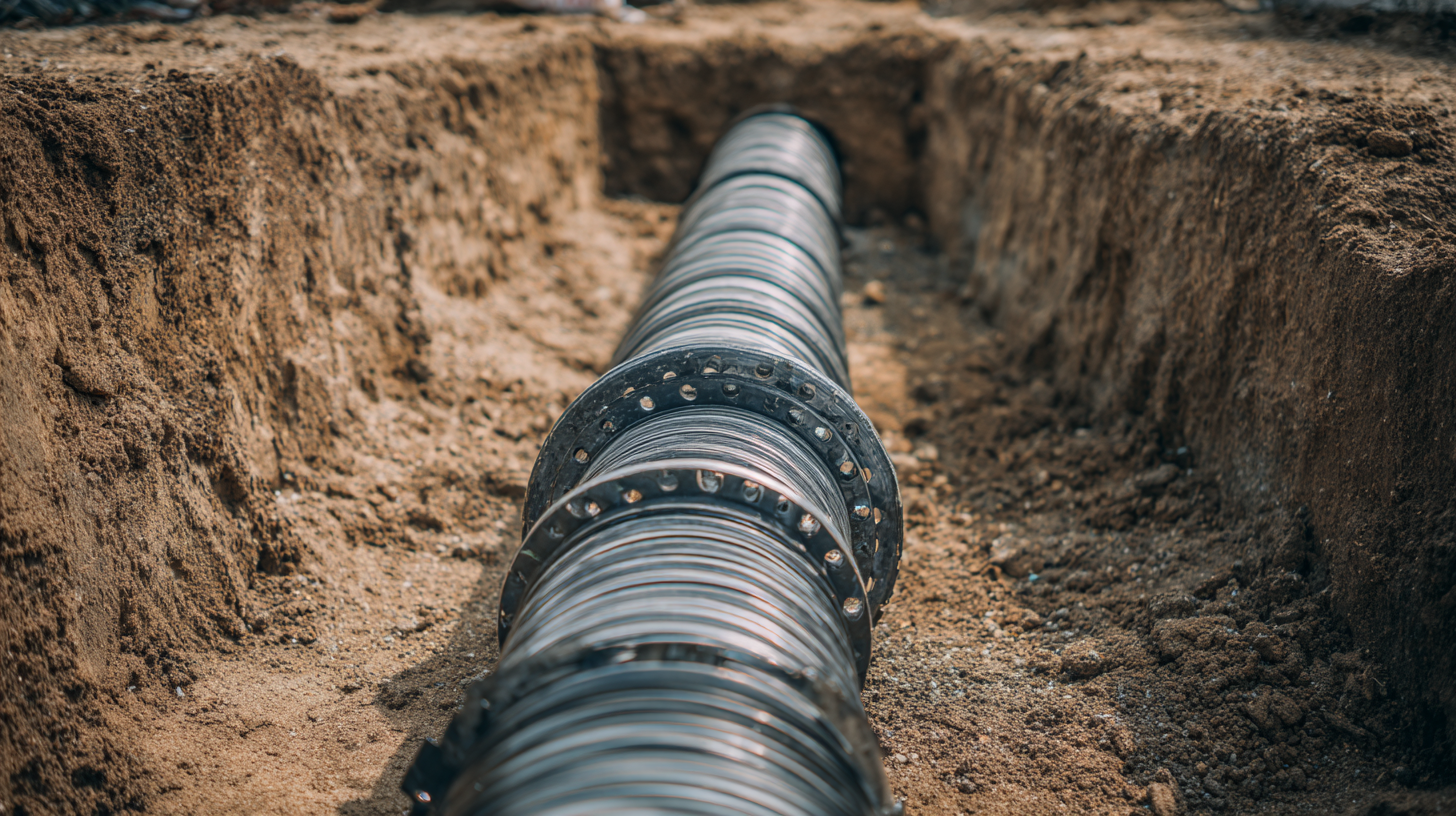
PVC pipes offer an outstanding resistance to chemical erosion, which is essential in septic systems where various substances can flow through. Factors such as pipe thickness, with options like Schedule 40 and Schedule 80, contribute to their strength and longevity.
The increasing demand for reliable piping systems in the telecom industry also emphasizes the adaptability of PVC pipes and their long service life, further supporting their use in septic applications. As homeowners consider their options, understanding the properties of PVC and its resilience will lead to more informed choices for sustainable waste management solutions.
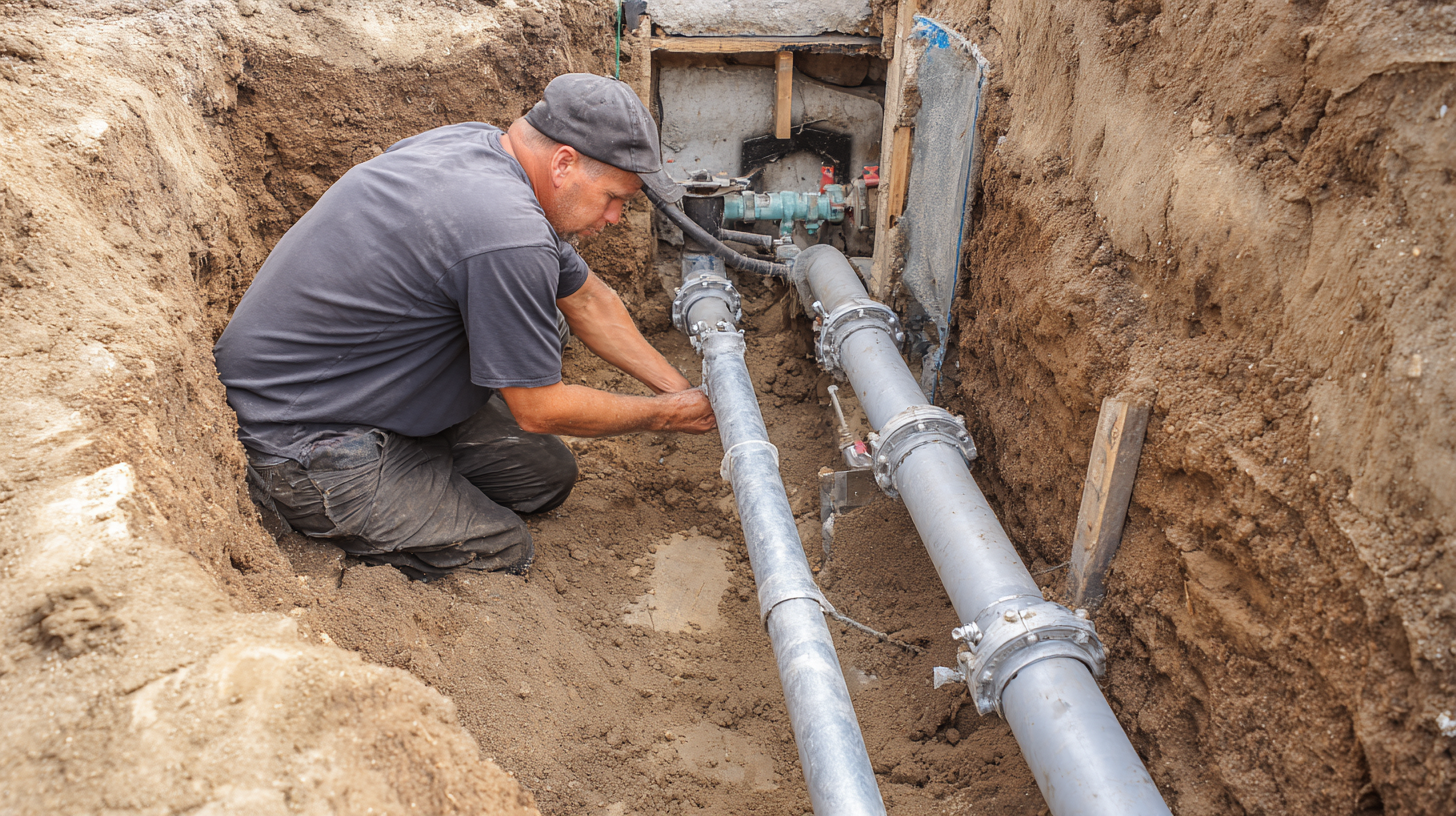 When selecting the appropriate septic pipe for your home system, it's essential to consider the impact of soil types on your choice. Different soil conditions can affect how wastewater is processed and how efficiently the septic system operates. For instance, sandy soil allows for better drainage but may require more robust pipe materials to withstand possible erosion. Conversely, clay soil has higher water retention, which may necessitate the use of perforated pipes that encourage better absorption and prevent system overload.
When selecting the appropriate septic pipe for your home system, it's essential to consider the impact of soil types on your choice. Different soil conditions can affect how wastewater is processed and how efficiently the septic system operates. For instance, sandy soil allows for better drainage but may require more robust pipe materials to withstand possible erosion. Conversely, clay soil has higher water retention, which may necessitate the use of perforated pipes that encourage better absorption and prevent system overload.
Tip 1: Evaluate your soil type before making a decision. Conducting a soil test can provide valuable insights into drainage capabilities and potential challenges in your area.
Another factor to consider is the installation depth of the septic pipe. Some soil types are prone to settling, which can impact the integrity of the pipes over time. Choosing flexible pipes that can withstand slight movements may be beneficial in such conditions.
Tip 2: Consult with a local septic expert who understands the specific soil characteristics of your region. They can provide tailored advice and help ensure that your pipe selection aligns with both your soil conditions and local regulations.
When installing septic pipes in your home system, adhering to best practices is essential for a successful setup. Firstly, selecting the right materials is paramount. High-density polyethylene (HDPE) pipes are favored for their durability and resistance to corrosion. This type of pipe can withstand the demands of sewage transport, ensuring longevity and reduced maintenance needs. Furthermore, ensuring proper alignment and slope during installation avoids potential clogs and promotes efficient wastewater flow.
In addition to choosing the right materials, it's critical to consider the integration of remote monitoring technology. Recent advancements in sewer monitoring, such as the expansion of remote sensors, can significantly enhance the oversight of septic systems. These sensors can detect unusual flow levels, sending alerts for timely inspections. Incorporating such technology not only aids in early problem detection but also aligns with modern best practices in environmental management, ensuring communities remain resilient against infrastructural challenges. With the right approach to installation and monitoring, homeowners can establish a reliable septic system that supports their needs for years to come.

